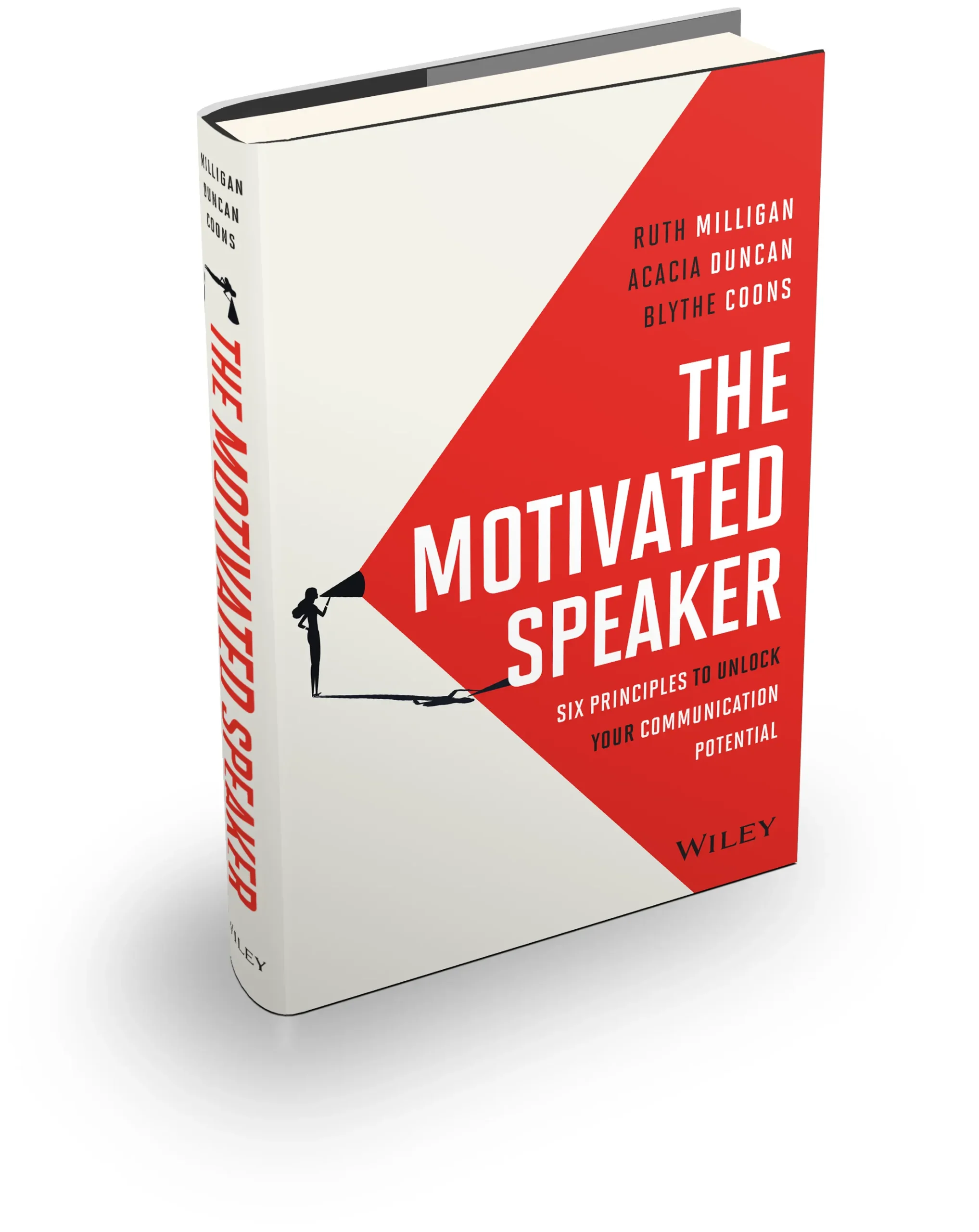The sound of silence – I’m not comfortable with it. Frankly, I’m still struggling to find my “inside voice.” Silence, however, is a critical skill for public speaking. Understanding the importance of silence–what I call “oral punctuation”– is a necessary component of effectively sharing ideas.
“But, if I pause, the audience may think I don’t know what I am going to say.”
When we read, we have the benefit of punctuation from the author. As a listener, we need punctuation from our speakers too. Your listening audience is craving the punctuation that they are used to seeing when they read— and not just the inflection of an exclamation point, but also commas, semi-colons, and most importantly, periods. A pause at the end of a sentence allows your listener to digest what it is that you just shared and prepare to hear what comes next. It punctuates the importance of your words.
Silence is also important for the speaker. For starters, non-stop speaking is exhausting, both mentally and physically. In addition, in order to speak and expel carbon dioxide, you have to take time to actually inhale. It’ll happen one way or another, but if you take this step for granted, you are bound to take short, insufficient breaths whenever you run out of air, even if it’s mid-sentence or mid-word. Lack of oxygen also leads to negative physical changes affecting pitch, pace, and that all too familiar quivering tone.
Below are a few tools to increase your comfort with silence and to incorporate it properly into your communication.
-
Record yourself… and listen to it. I know, you hate listening to the sound of your own voice. You are expecting other people to listen to you, right? You need to hear what they hear. Listen to a recording of yourself. Where do you sound fast? Where do you sound slow? Where do you naturally catch your breath? Count the sentences you hear in the talk. As a listener, do you hear punctuation?
-
Breathe and pause much longer than normal while practicing your delivery. While practicing, force yourself to pause and take a deep breath between each and every sentence. This style would be overkill for presentation day, but it will get you into the habit of breathing in the right place and collecting your own thoughts in silence.
-
Program your talk with planned pauses. Let’s face it. When you get on stage with your adrenaline rushing, some of this practice may fly out the window and your pace may pick up. Set yourself, and your audience, up for a positive experience by inserting planned breathing breaks into your talk. Look for spots in between slides, after a particularly important or complicated point, or after a powerful emotional statement. This way, if you do speed up, you will have a chance to regain your breath and pace, and your audience will have a chance to process and catch up to you.
Communication is more than speaking. We tend to forget that, as speakers, we’re only one part of a sender-receiver relationship. Effective communication considers what the audience needs to hear and, just as importantly, how they need to hear it. A strong and effective speech is one that resonates with your listener’s ear.
Once speakers understand that pausing and breathing are necessary for a positive listener experience, they feel licensed to take the time they need.


